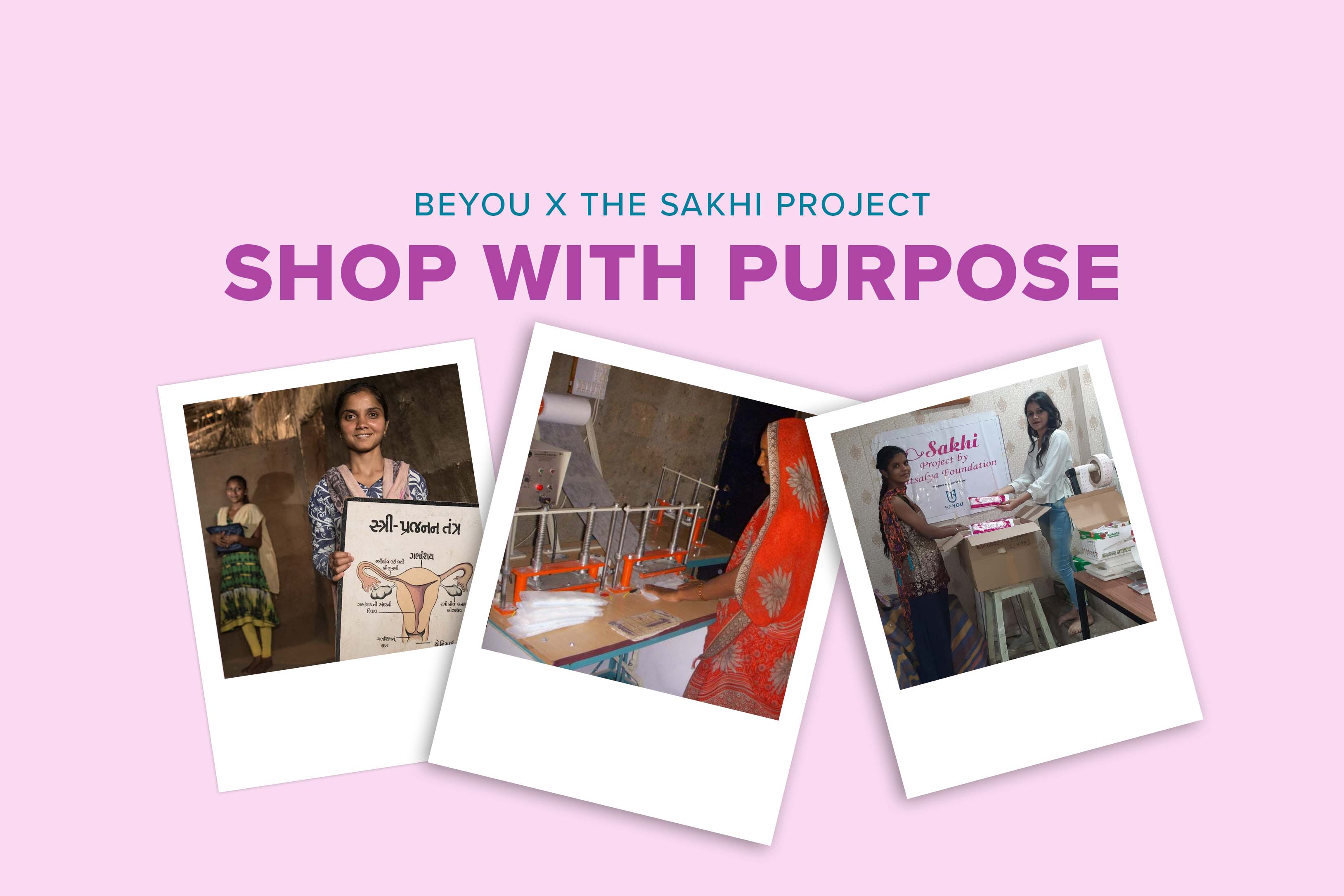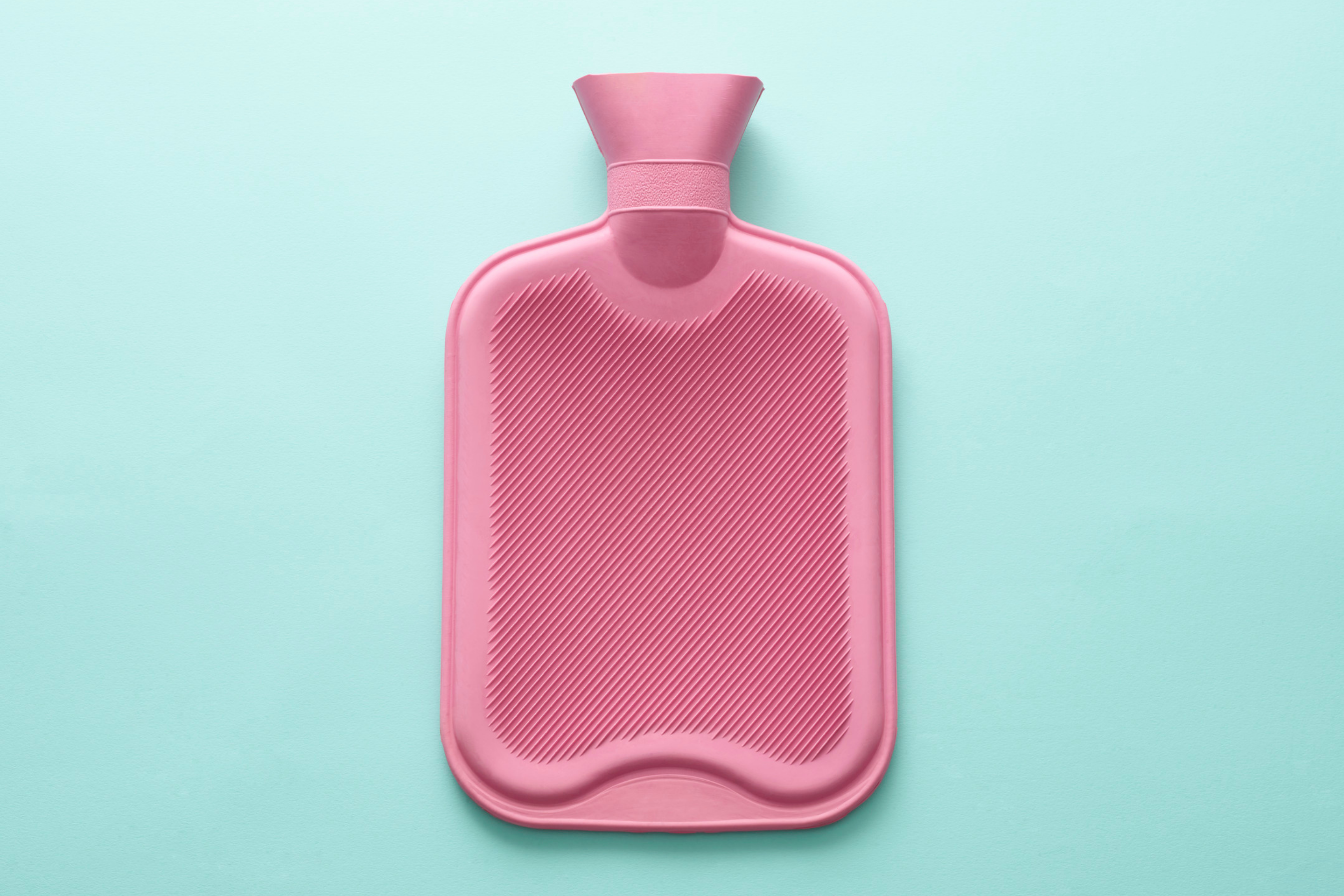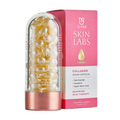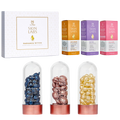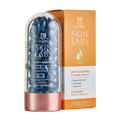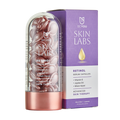Cups VS Tampons: What you need to know
Aug. 27, 2019 jess simms
Whether you’re a menstrual cup super fan or super cynical, you will have heard the claims that menstrual cups are the holy grail of period products.
The demand for menstrual cups has exploded over the last five years despite being around since the 19th century. Many of us graced with the power of menstruation still swear by the old favourites, tampons. So how do the two actually compare? And, is one better than the other? Well, let’s find out.
Reusable versus Disposable

Gentle on your skin

Medical grade silicone is used for the majority of menstrual cups because it isn’t an allergen and or an irritating material. Not only is this great for those with sensitive skin, but won’t interact with your pH balance. The vagina is often referred to as having its own ecosystem, meaning it cleans itself (how cool, right?!). Using toxic chemicals and other nasties will disturb your vagina’s pH balance which may lead to infections, thrush or bacterial vaginosis. Many women have also reported that tampons can be drying because of the chemicals in the tampon itself.
Let’s be honest, none of that is pretty.
Kind to the environment

The life span of a menstrual cup is much greater than that of a tampon, meaning menstrual cups significantly less waste than a tampon. In 2017 the Marine Conservation Society released a report stating that a large number of period products, including single-use plastic applicators tampons, had washed up on British coastlines. According to the charity, Friends of the Earth, the average person who menstruates can throw away up to 200 kg of menstrual products in their lifetime. Medical grade silicone isn’t biodegradable but can be recycled by sex toy manufacturers, your local hospital and recycling centres.
Does size matter?

When you hold a regular tampon and a menstrual cup in your hand, tampons can seem smaller and therefore easier to insert. Tampons also come in a variety of sizes, depending on how light or how heavy your flow is. However, your period flow can change day to day and each individual cycle can differ as well. Buying 3+ different types of tampons every cycle is not only expensive but also impractical. If only there was one menstruation product that could be used throughout your period?
Oh, wait there is. The menstrual cup!
The first time you get your menstrual cup out of the box, it may be a little daunting. It might look bigger than you expected. That is perfectly normal. Menstrual cups are designed to be folded upon insertion, so it can pop open between the vaginal walls to collect the menstrual blood. In fact, when folded, menstrual cups are the same size as a regular tampon. Menstrual cups also come in a variety of shapes and sizes, meaning they can mould perfectly to your curves. Usually, the smaller menstrual cup sizes are great for younger women up to 25 years old and have not given birth vaginally. Whilst, larger cups are suitable for women who are older than 25 and have given birth vaginally. It may take a couple of cups to find your 'Goldilocks' cup - the one that is just right for you! Women's bodies come in all shapes and sizes, meaning that knowing your cervix height and if you have stronger/weaker muscles can also help you in your search for a cup.
The Mess factor

Waking up to find there has been a massacre between your bedsheets, is not ideal. That’s where menstrual cups have you covered. Menstrual cups can be worn for between 4-12 hours depending on the cup and can be worn overnight! We recommend you change the cup every 4-8 hours. But what about leaks? Menstrual cups are designed to be leakproof. Most cups will have at least four air holes which create a vacuum seal against your vaginal walls. This ensures your cup won’t budge and all your menstrual blood is collected inside the cup. Leaks can occur due to the cup still being folded when inserted or you have the wrong menstrual cup size.
Unlike tampons, menstrual cups don’t have that pesky cotton tail which can get icky, very quickly. One worry some people have about menstrual cups is how messy the insertion and removal of a cup can be. Yes, you may get menstrual blood on your hand which will have to wash off but in reality, it’s not messier than putting a tampon in. We advise you to wipe off any excess blood before you put your cup in, with the desired fold, and then run your finger around the rim to make sure it’s sealed up inside. When removing your cup, take the base of the cup and pull it to one side so one side of the base is outside of the cup. Then pull the cup in the opposite direction, ensuring the cup is upright as to not spill any blood. Then simply tip the blood into the toilet and you’re good to go.
Cost-effective

Menstrual cups can cost anywhere between £15-£30 which is more expensive than a box of tampons at first glance. However, spending £30 on a decade’s worth of periods sounds a lot more cost-effective. A study done in 2015 found that British women can spend around £18,450 on menstruation products during their lifetime. This study did also include the purchase of painkillers, new underwear as well as snacks and treats. However, the majority of the annual £492 we women spend is on tampons and pads. With a menstrual cup won’t even have to think about spending that much money on the blob!
Unfortunately, sanitary products like cups, pads and tampons are by law classed as luxury items and are taxed by the UK government. However, the more tampons and pads you buy the more tampon tax. We know menstrual products are not a luxury item. Menstruation is not a luxury. It is normal and natural and something half the population has to get through every month. Countries like India and Australia have scrapped the tampon tax this year and we hope the UK won’t be far behind. You can get more information on the tampon tax here.

